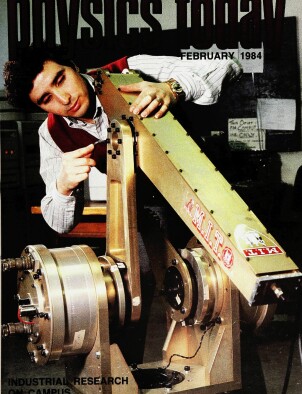Atmospheric calculations suggest a nuclear winter
DOI: 10.1063/1.2916077
Might the fiery explosions from a massive nuclear war cast a cold and dark shadow over vast regions of the Earth? That gloomy possibility has been predicted by atmospheric chemists and physicists who have recently tried to quantify the environmental effects of the soot, dust and other emissions from a hypothetical nuclear exchange. The litany of known major effects from nuclear weapons—blast, fire, fallout and possibly stratospheric ozone depletion—always seemed horrible enough. Last year, Paul J. Crutzen (Max Planck Institute for Chemistry) and John W. Birks (University of Colorado) suggested that another effect might be severe enough to go on that list: the black curtain of smoke from fires initiated in a large‐scale nuclear attack. (See
This article is only available in PDF format




